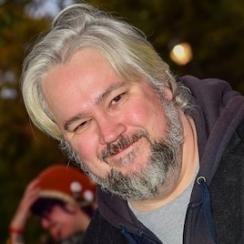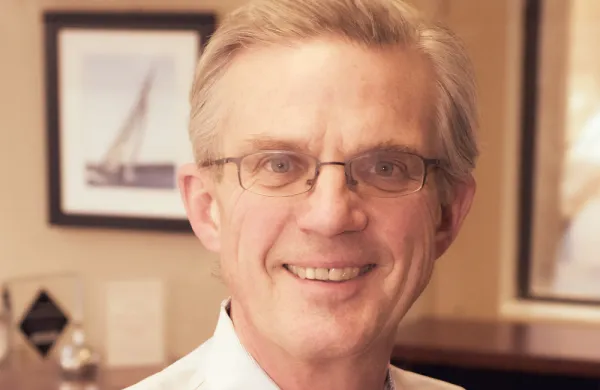The Bush Foundation’s new managing director of investments is targeting opportunities in emerging markets stocks and exploring a private equity build-out in India, while also aiming to strengthen the foundation’s regional investing.
Brendon Reay, who took over the $1.5 billion portfolio in October, joined the St. Paul-based private foundation from the Maine Community Foundation, where he served as chief investment officer and chief financial officer. He succeeds Carol Peterfeso, who retired to be closer to family in Arkansas.
Speaking with Institutional Investor just four days into the role, Reay said his focus is on continuing his predecessor’s strategy for the well-positioned portfolio, while seeking opportunities in inefficient markets — particularly emerging ones. “We’re looking for talented, active managers who can extract alpha from what tend to be inefficient places to operate,” he said.
On the public side, Reay’s immediate review will center on the foundation’s 2.5 percent allocation to emerging markets stocks. He plans to select no more than three active managers to “cover the waterfront” and provide broad exposure.
“We think manager selection is crucial in that space,” Reay said, pointing to areas like small cap and technology. “In active, can you identify parts of the market that are more inefficient?”
On the private equity side, Reay is eyeing India as a potential area to expand the foundation’s buyout exposure. The move would be “part of a larger conversation around more buyout exposure,” he said.
The portfolio currently maintains a 40 percent allocation to private investments, 30 percent global public equity, 16 percent fixed income and cash, and 13 percent in hedge funds and other diversifying assets.
While emerging markets and private equity are priorities, Reay does not anticipate significantly increasing the portfolio’s overall allocation to these asset classes. “There’s nothing urgent, no fire drill, nothing that needs to be fixed,” he said. However, he does hope to grow the foundation’s allocation to its core geographic focus.
“The original charter of the foundation is to support investments in Minnesota, North Dakota, and South Dakota, and the Native American communities within those three states,” he said. “Place-based investments are something we’re always interested in, something we’re always looking at.”
The Bush Foundation provides direct grants to support community-generated initiatives, such as adapting telehealth for people experiencing homelessness and developing Indigenous-led tourism programs.
Reay acknowledged current challenges within private markets. “Like everybody else, we’d like to see the private markets thaw out over time,” he said. “It’s been a little bit frozen up.” Despite headwinds, the foundation remains active, continuing to explore buyout and venture capital opportunities both internationally and domestically.
Meanwhile, Reay is ensuring the portfolio has “plenty of protection” against a potential market downturn — even though he doesn’t expect one. “The market continues to march on,” he said. “It’s remarkable. Stocks follow earnings, and earnings keep going. I don’t think we’re in a bubble.”
Reay cited the foundation’s mission and the portfolio’s complexity as key reasons for taking the role. “I want to be with a mission-focused organization,” he said, adding that he was also drawn to the foundation’s larger, more intricate portfolio. “It’s a big, complicated portfolio — and that’s a challenge. My last one was half the size.”







